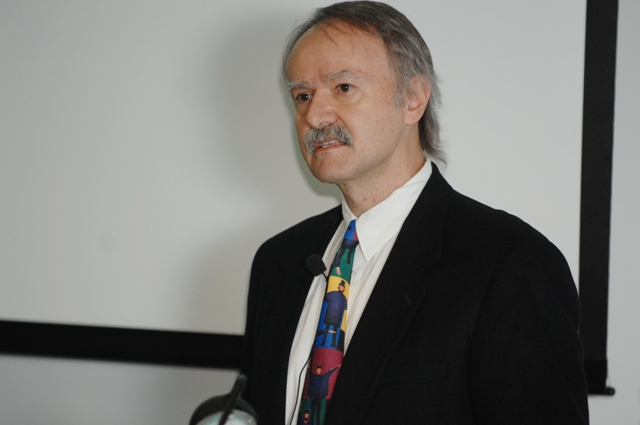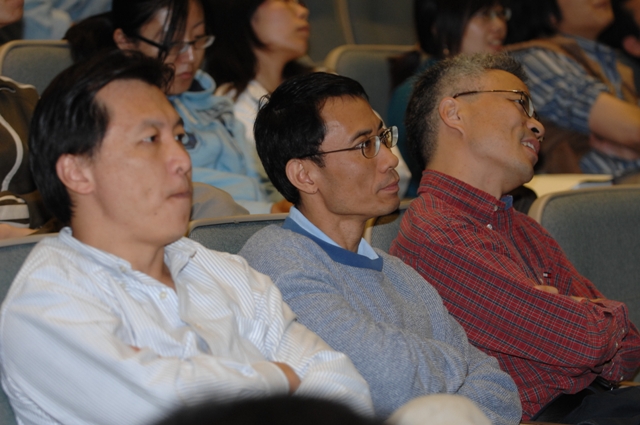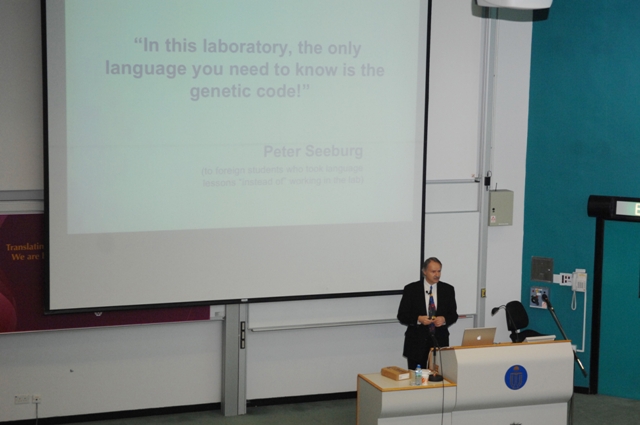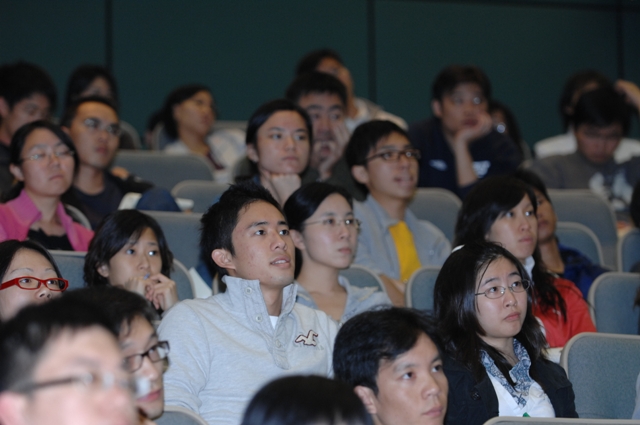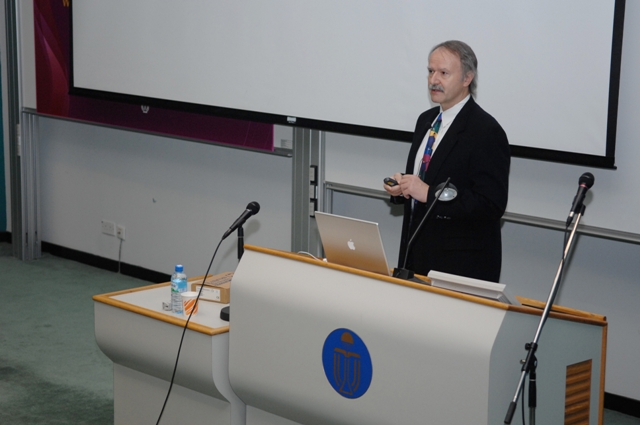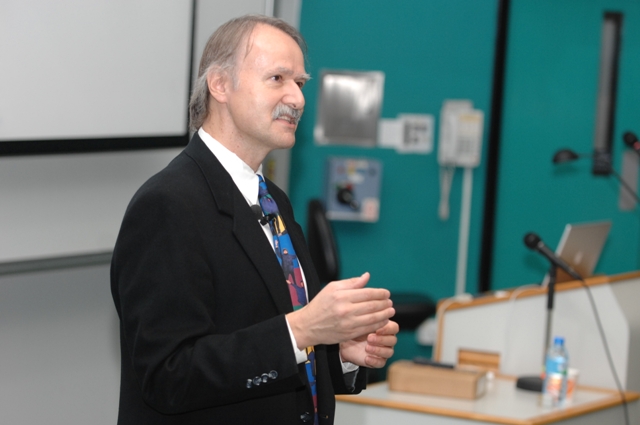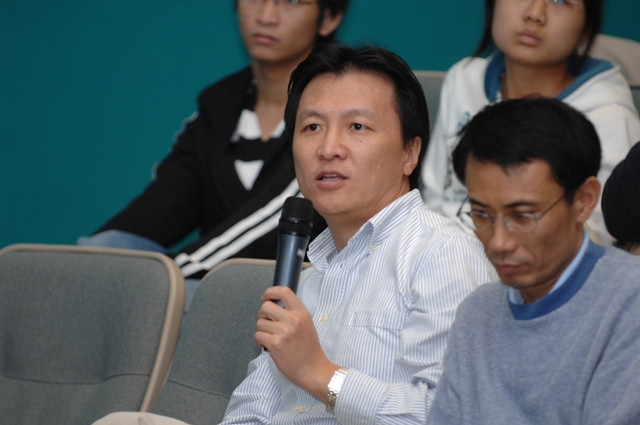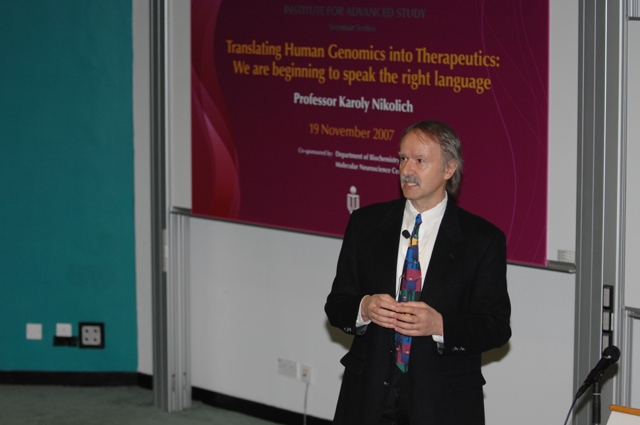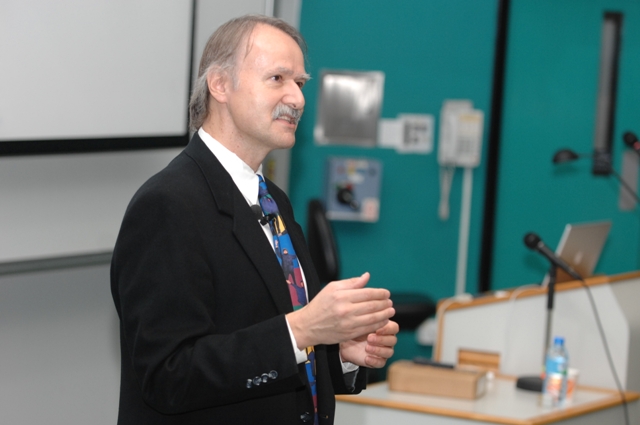Translating Human Genomics into Therapeutics: We are Beginning to Speak the Right Language
Overview
Human genetic variations form the basis of disease susceptibility and individual response to therapies, while changes in the expression of specific genes occur in response to physiological states and to pharmacological influences. The understanding of both genetic variations and changes in gene expression are expected to lead to a deeper understanding of disease mechanisms and to pave the way towards novel therapies. The first wave of genomics studies in the mid- to late-1990s failed to deliver new pharmaceuticals.
However, several factors have led to major breakthroughs in the past five years. These include: 1. the human genome blueprint (and many other species’) has established an essential reference database. 2. Genomics techniques have become truly high throughput: microarrays, bead based libraries, sequencing are several orders of magnitude more complex, as well as faster and cheaper than 5 years ago. 3. Computational capabilities: processing, storage, data transfer, database queries are many orders of magnitude faster and more complete today. These three factors combined have laid the foundations that allow us to analyze normal and pathological states in human populations with high resolution at high speed.
In the presentation, the speaker will review recent progress in genomic technologies, and specific examples of successful application of these for human disease therapies.



